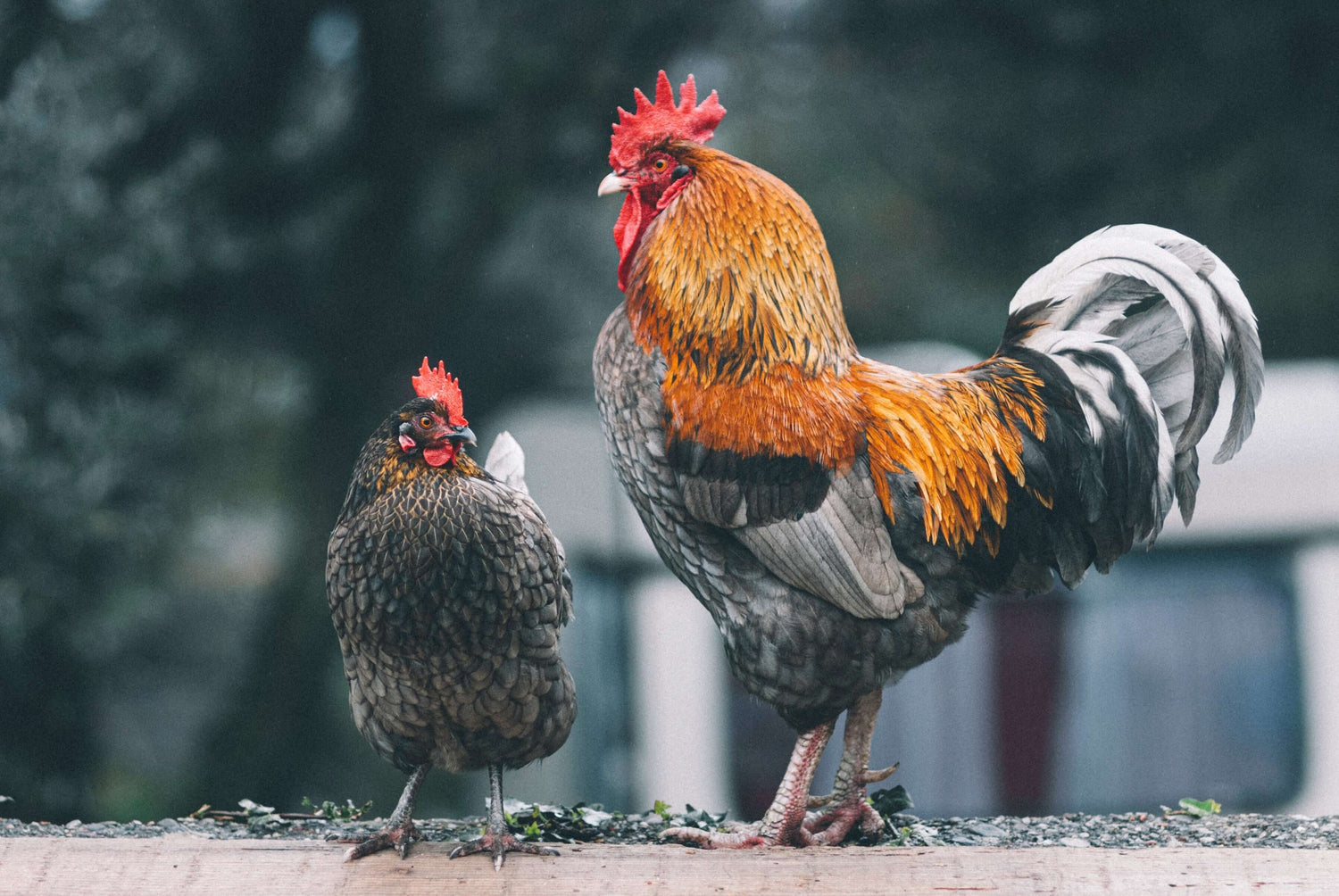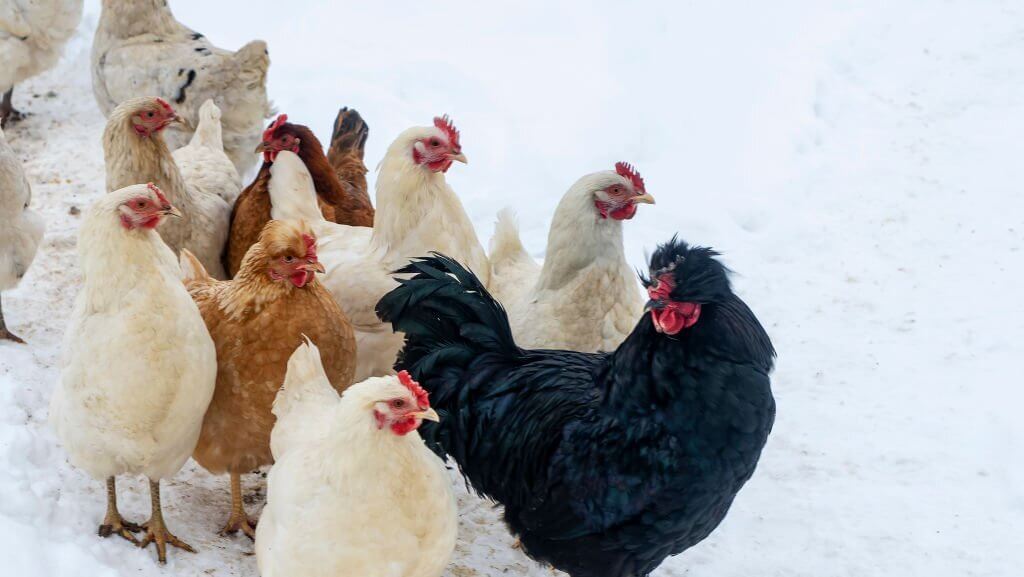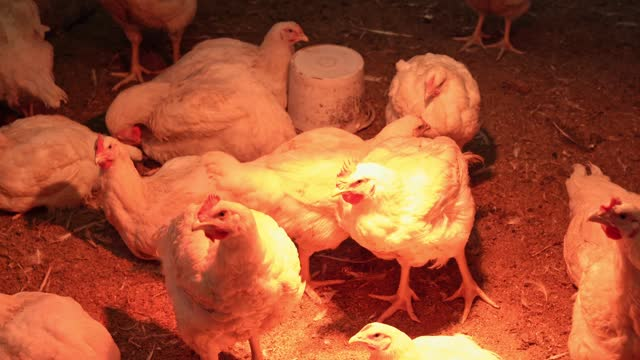When raising backyard chickens, the idea of having multiple roosters in one chicken coop may arise. However, the dynamics of multiple roosters living together can be complex. In this blog post, we will explore the factors to consider when deciding whether two roosters can live harmoniously in one chicken coop. We will delve into the importance of providing adequate space, establishing a pecking order, and ensuring a balanced ratio of roosters to hens. By understanding these essential factors, you can make informed decisions about keeping multiple roosters in your flock while maintaining their well-being.
1. Providing Adequate Space

Creating a spacious and well-designed chicken coop and chicken run is crucial when considering the coexistence of multiple roosters. Adequate space allows roosters to establish their territories and engage in natural behaviors without feeling confined or threatened. Here are a few key considerations:
Chicken Coop:
Aim for a minimum of 10 to 12 square feet of coop space per rooster. This provides enough room for them to perch, roost, and move around comfortably. A spacious coop reduces stress and minimizes the likelihood of aggression between the roosters.
Chicken Run:
To complement the coop space, a spacious chicken run is essential. Plan for a minimum of 10 square feet of space per rooster to allow them to stretch their wings, forage, and engage in natural behaviors. A larger chicken run reduces competition for resources and territorial disputes.
Separate Territory:
Consider dividing the coop and run into separate sections or including barriers to create distinct territories for each rooster. This can help minimize direct confrontations and allow roosters to establish their territory and hierarchy.
2. Establishing a Pecking Order

Roosters naturally establish a pecking order within a flock, which helps to maintain harmony and minimize fights. Understanding how this process works is essential when introducing multiple roosters to a chicken coop. Here's what you should know:
Raising Roosters Together:
If possible, raise the roosters together from a young age. When roosters are raised together, they establish their pecking order as they grow up, reducing the likelihood of future conflicts. This early bonding helps establish a hierarchy and reduces the need for aggressive behavior later on.
Introducing New Roosters:
If adding new roosters to an existing flock, do it gradually. Monitor their interactions closely to ensure their integration is smooth. Separation through wire mesh or visual barriers allows the roosters to see and interact with each other without physical contact, reducing aggression.
Observing Behavior:
Observe the roosters' behavior closely during the introduction phase. It is normal to see some posturing, chasing, and occasional squabbles as they establish their pecking order. However, excessive aggression or injuries may indicate that the roosters are incompatible and need to be separated.
3. Maintaining a Balanced Ratio

Keeping a balanced ratio of roosters to hens is crucial for their overall well-being. A disproportionate number of roosters to hens can lead to increased competition and aggression. Consider the following:
Recommended Ratio:
It is generally recommended to have a ratio of 1 rooster for every 8-10 hens. This ratio allows each rooster to have enough hens to form a natural social structure without excess competition. It also ensures that hens are not overbred, which can lead to feather damage or injuries.
Monitoring Behavior:
Regularly observe the interactions between the roosters and hens. If you notice excessive aggression, harassment, or injuries on the hens, it may be a sign that the rooster-to-hen ratio needs adjustment. Adding more hens or removing excess roosters can help restore balance.
Breeds and Personalities:
Keep in mind that different rooster breeds may have varying temperaments and compatibility. Some breeds are naturally more aggressive, while others are known for their calm demeanour. Research breeds are known for coexisting well in a single flock to improve the chances of compatibility.
Conclusion
Living with multiple roosters in one chicken coop can be both rewarding and challenging. By providing adequate space, allowing them to establish a pecking order, and maintaining a balanced ratio of roosters to hens, you can increase the likelihood of harmonious coexistence. However, it's important to closely monitor their behavior and intervene if signs of excessive aggression or stress emerge. By understanding the dynamics of coexisting roosters and implementing thoughtful management, you can create a peaceful and thriving flock. Consider the welfare of both the roosters and hens, and remember that each flock's dynamics may vary. With proper planning and care, multiple roosters can live harmoniously in one chicken coop.



Leave a comment
All comments are moderated before being published.
This site is protected by hCaptcha and the hCaptcha Privacy Policy and Terms of Service apply.